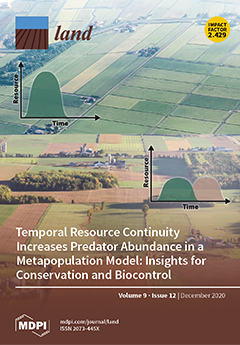A Transparent and Intuitive Modeling Framework and Software for Efficient Land Allocation
The purpose of this research is to better conserve biodiversity by improving land allocation modeling software. Here we introduce a planning support framework designed to be understood by and useful to land managers, stakeholders, and other decision-makers. With understanding comes trust and engagement, which often yield better implementation of model results.




